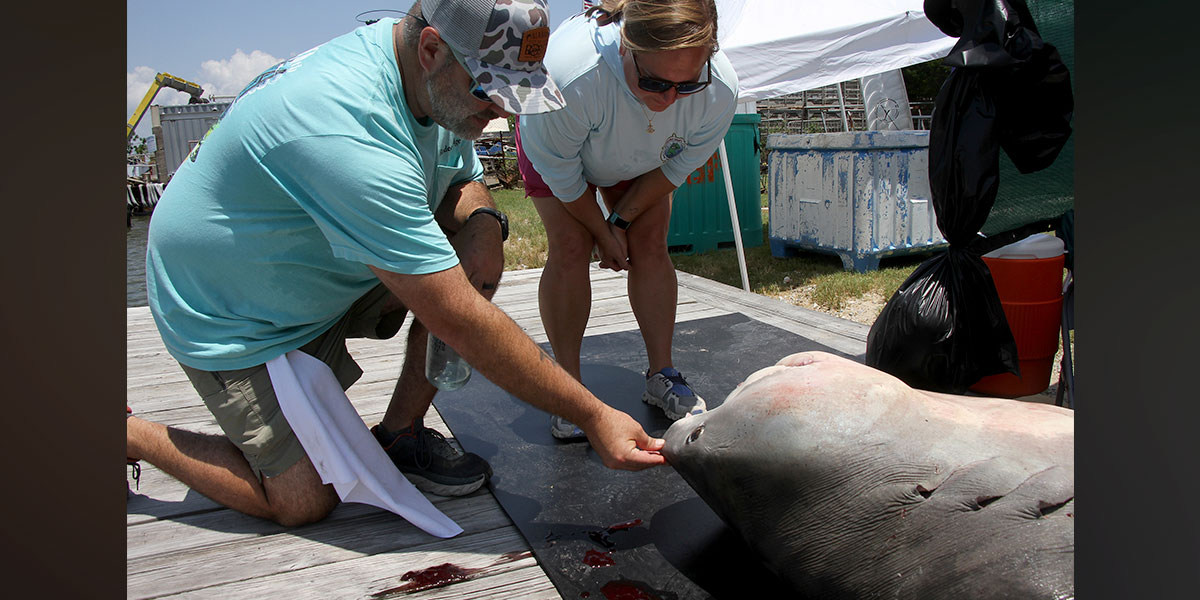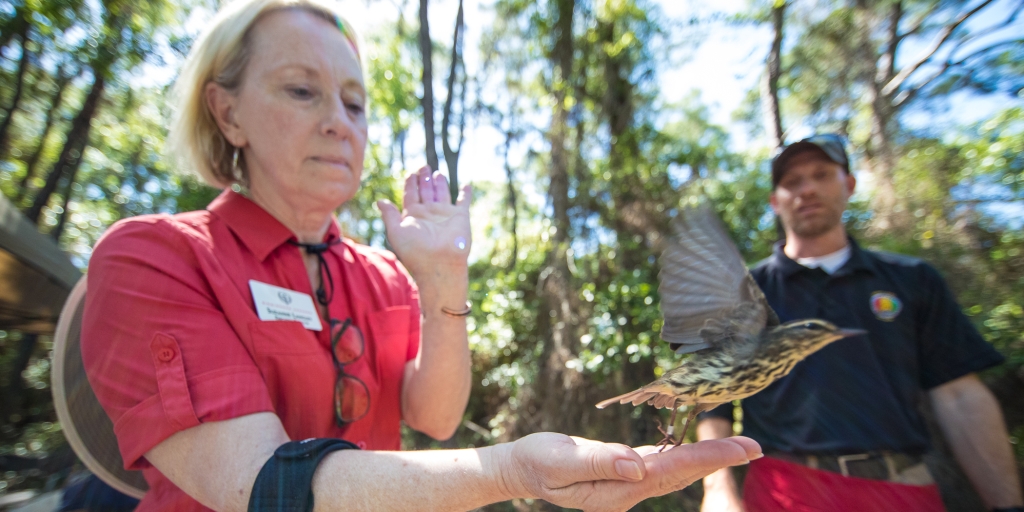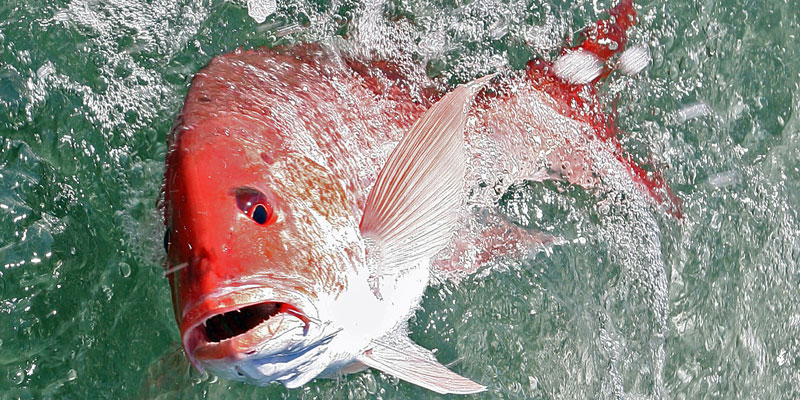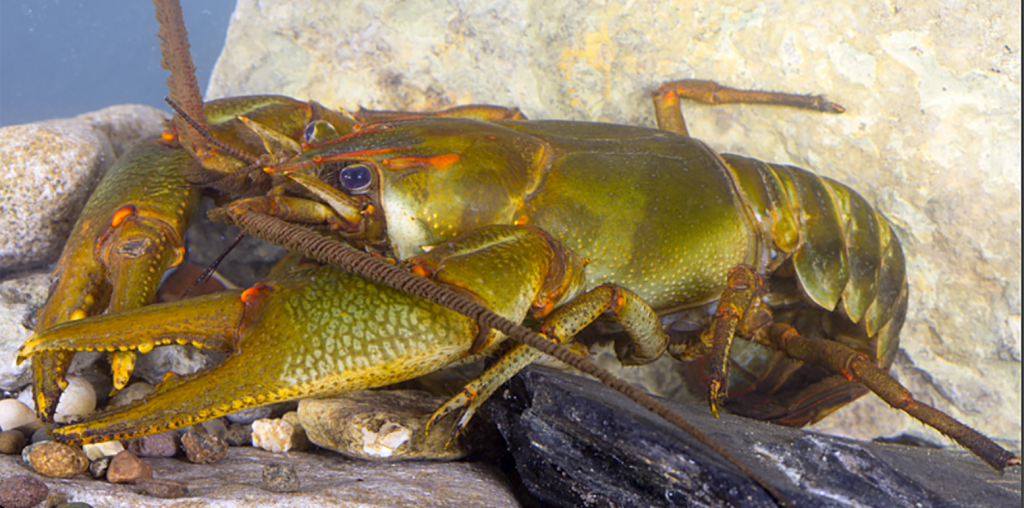What better way to start Shark Week than to see a potential state record tiger shark weighed in at last weekend’s 90th annual Alabama Deep Sea Fishing Rodeo at Dauphin Island.
Brett Rutledge brought a huge tiger shark to the scales on the first day of the rodeo, and the scales registered 1,019 pounds, eclipsing the current record of 988.5 pounds caught by Larry Eberly in 1990.
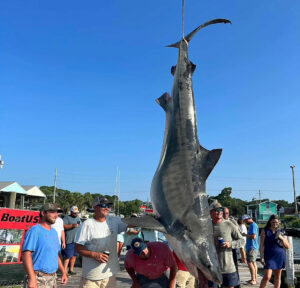
Almost as excited as Rutledge after the record-breaking weight was called was Dr. Marcus Drymon, assistant rodeo judge and professor at Mississippi State University, who was thrilled with the opportunity to examine the species. Drymon is considered an expert on this shark species that inhabits the Gulf of Mexico, and he has a team of researchers ready to collect data from any shark weighed in at the rodeo, which had separate categories for tiger sharks and bull sharks, both managed by NOAA Fisheries.
In addition to Rutledge’s shark, Eric Van Driessche weighed in a 656.4-pound tiger, and Cody Crumbley landed a 601.5-pounder. In the bull shark category, Conner Blake weighed in a 354-pounder, followed by Chris Phelps at 330.5 pounds and Nicholas Jordan at 207 pounds.
“My team is taking samples, specifically vertebrae, which is what we use to tell how old these sharks are,” Drymon said. “When we do age-based stock assessments, the age structure of the population is critical. So, when we are able to perform research on these large individuals, it’s good for us to be able to determine the health of the stock.
“But we will also take a host of other samples, like fin clips, muscle tissue and biopsies from the liver and spleen. We will look at stomach contents. Every sample that can possibly be used will be taken from these fish.”
Many anglers are reporting more shark encounters offshore when fishing for reef fish or trolling for big game species. The sharks are preying on the hooked fish, and anglers are reeling in half-eaten target species. Drymon said it depends on how you look at it when it comes to shark populations.
“To me, it’s a perception issue,” he said. “Are there more sharks in the water than 10 years ago? The answer is yes. The more important question to me is are there more sharks in the water than 40 or 50 years ago? The answer is no. It’s what scientists call a shifting baseline. The farther we get removed from a virgin biomass of a population, the less accurate we remember what that population originally looked like.
“As these sharks were overfished in the ’70s and ’80s, their populations really plummeted. The populations are recovering now, which is a blessing. But many of the species have still not reached their target rebuilding goals.”
Drymon said one example of a shark species that has been protected from harvest in recent years because of perceived low populations is the sandbar shark, which is one of the ridgeback species with a raised ridge of skin from the dorsal fin down its back. The dorsal fin is also very large and located closer to the nose than the tail.
“Everybody says there are a lot more sandbar sharks than 10 years ago, and that is the case,” he said. “That species has been under a harvest moratorium for many years. As a result, populations have increased. That’s really good. It’s now time for the next round of stock assessments of sandbar sharks to assess what that population is and if harvest of that population can resume.
“It’s important to remember that the goal of NOAA Fisheries is to maximize harvest of a population while ensuring its sustainable production.”
Although the great hammerhead shark was not a category in this year’s rodeo, Drymon was able to gain a great deal of data on a 14-foot hammerhead that was found on the shore at Orange Beach earlier this year.
“A large female, gravid (pregnant), was found washed up on the beach,” Drymon said. “The folks there were nice enough to give us a call and see if we could make use of a sample like that, which of course we can.”
After Drymon and his team performed the necropsy, the hammerhead had 40 almost identical pups about 18 inches long.
“It’s unusual for us to see a female that is that big and gravid,” he said. “It’s incredible to see a female that size with that many pups. It’s an animal that we rarely have access to, so even basic information like how many pups can a gravid female have, that information is really, really useful.
“The size of those pups compared to the smallest free-swimming shark that we know of gives us valuable information when we go to assess the status of that shark population.”
The team examined, in detail, the adult’s heart, liver, esophagus, stomach, scroll valve, spleen, kidneys and pancreas. None of the organs exhibited any signs of trauma or had abnormal lesions or unusual parasites. Muscle tissue from the adult was removed, which can be helpful in determining feeding habits as well as heavy metal and/or microplastic contamination.
“By process of elimination, the most likely cause of death was an interaction with a fisherman, either commercial or recreational,” Drymon said. “The reason we say that is we know hammerheads, specifically great hammerheads, have what we call a high post-release mortality. Even if you catch that fish and let it go and it swims off, there’s a pretty good chance it’s not going to make it. It has to do with their physiology, the size of their gills, blood chemistry, things like that.
“Inherently, they’re a vulnerable species to capture stress.”
Finally, several fin clips were removed from the adult and the pups. The DNA extracted from the adult fin clips will be used in a current study examining genetic population structure, including the number of breeding individuals in the population. Because the broods of many shark species are sired by more than one male, the fin clips from the pups will be used to determine relatedness of the siblings.
A video surfaced on social media this year of a hammerhead in shallow water near the beach in the Florida Panhandle. Drymon said the likely scenario was the hammerhead was preying on a stingray.
“We know that hammerheads love to eat stingrays,” he said. “We suspect that one of the reasons they’ve evolved that head shape is because of that predator-prey interaction. Of course, stingrays are found in shallow coastal areas, so it’s not unusual for a hammerhead to be near the beach, swimming around, looking for a stingray.
“Seeing one like that is really special. My advice is to get out of the water and take pictures. Enjoy that like you would in a national park when you see a black bear from a distance. Hammerheads are one of nature’s fantastic animals. If you get to see one alive, that’s a healthy ecosystem.”
David Rainer is an award-winning writer who has covered Alabama’s great outdoors for 25 years. The former outdoors editor at the Mobile Press-Register, he writes for Outdoor Alabama, the website of the Alabama Department of Conservation and Natural Resources.




